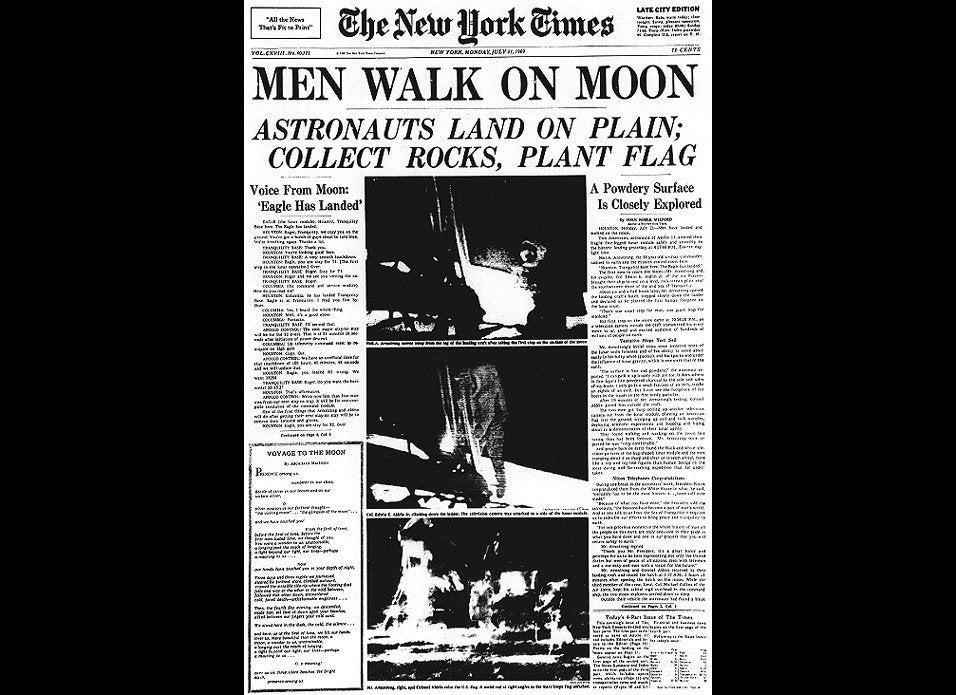Scientists say they’ve detected a huge metal mass “firmly embedded” beneath a crater on the moon, possibly the remnants of a massive asteroid strike billions of years ago.
According to a study published in April in the journal Geophysical Research Letters, the mass is located about 180 miles under the surface of the 1,240-mile-long South Pole-Aitken basin on the far side of the moon, the largest known preserved crater in the solar system.
“Imagine taking a pile of metal five times larger than the Big Island of Hawaii and burying it underground,” lead author Peter B. James, founder of Baylor University’s Planetary Research Group, said in a news release. “That’s roughly how much unexpected mass we detected.”
The metals were discovered using data from NASA’s Gravity Recovery and Interior Laboratory and the Lunar Reconnaissance Orbiter.
The study proposes two possible explanations.
One is that “the asteroid that formed this crater is still embedded in the Moon’s mantle” rather than sinking into its core after an impact some 4 billion years ago, James said.
The other is that the mass contains the remnants of the moon’s magma ocean, with the oxides concentrating there as it solidified when it cooled billions of years ago.
James said the dense metal mass ― “whatever it is, wherever it came from” ― is so heavy it’s weighing down the basin floor by more than half a mile.
“That’s a huge result,” NASA lunar geologist Daniel Moriarty told National Geographic. “It really gives us a hint of what’s going on in the lunar interior.”

